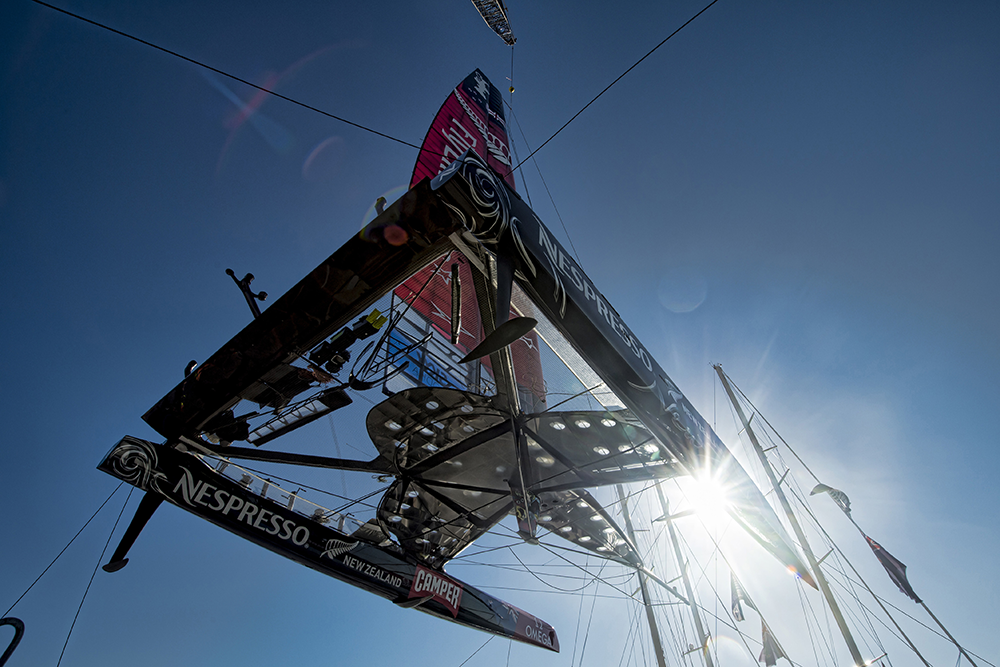
From reading the Protocol it is clear to see where this money is going. Like last time the event is split into two parts from an administrative point of view. ACEA (America’s Cup Event Authority) is the commercial arm of the event and represents the defending yacht club. It will be self-financing through commercial and other funding arrangements. ACRM (America’s Cup Regatta Management), which is the regatta/sports and technical management arm was in the past also funded by the GGYC’s commercial might. This time ACRM’s finances will be managed by the Regatta Director who is appointed, along with the measurers, umpires and some arbitration panel members, by the competitors and funded from these significant entry fees. No mixing of commercial and sports interests, this is positive.
Net surplus revenues
In the past there has sometimes been a clause about the net surplus revenues of the America’s Cup and how these should be divided up at the end of the competition. Once or twice there has been a small net surplus but in 2007 it was significant, more than 50 million euros, and all teams benefitted according to the clauses in that editions protocol. On that occasion the organisers ACM took 10%, the Defender Alinghi took 45% and the Challengers took the other 45%. As there was more than one challenger the Protocol defined how this would be broken up with basically the money being shared out according to who had advanced furthest in the competition. This new Protocol makes now mention of a similar arrangement. It is clear that we are in different economic circumstances now but also the event itself is not in a position to generate the kind of revenues of that era.
Miscellaneous
Another development in the Protocol that affects the teams is the introduction of a fairly insignificant nationality rule amongst the sailing crew. On board the AC62 there shall be eight sailors, two of which must be nationals of the team’s country of origin. And yet another interesting one is that only one team per country can challenge. And finally, to avoid embarrassment and to try and change the course of history, all sailors will have to go to a mandatory Profanity Briefing before being allowed to sail in a race. With sophisticated live audio coming off the boats during the racing the America’s Cup is getting serious about stopping sailors swearing!!!
Conclusion
So is it a good Protocol? The only way to tell is by deciding whether the final number of entries is a good number or not. Currently there looks likely to be at least five challengers and maybe two or three more from currently fairly silent entities. We wont have long to wait to see though as there are just six weeks remaining until the Challenge period closes.


